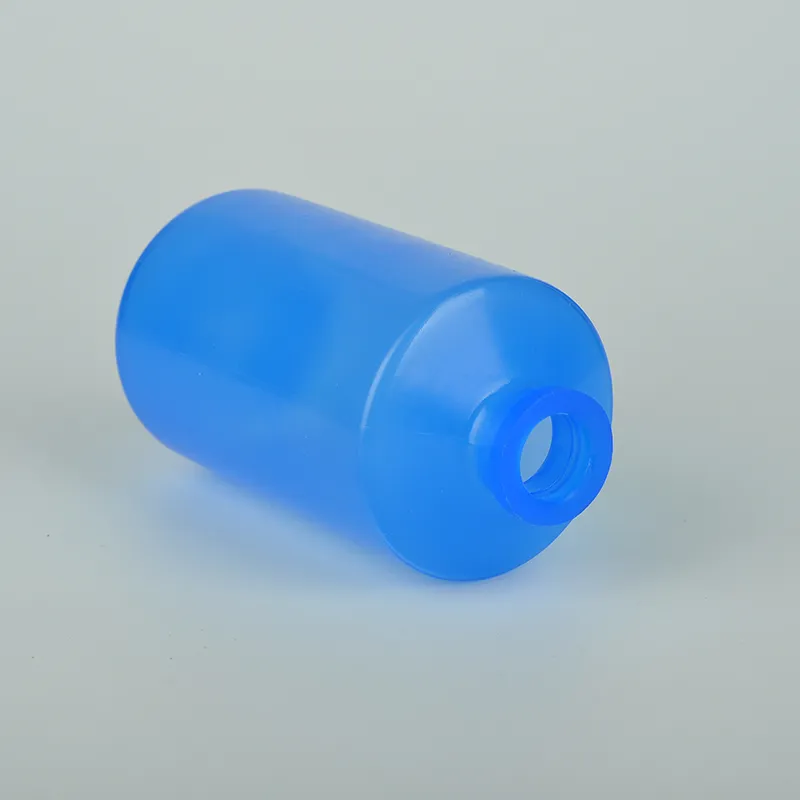Serum Tube Featuring Clot Activator for Enhanced Sample Collection and Processing
Understanding Serum Tubes with Clot Activators
Serum tubes with clot activators play a crucial role in clinical laboratories and are fundamental for various diagnostic tests. These specialized tubes are designed to facilitate the clotting process, ensuring that serum is quickly and efficiently separated from the blood cells post-collection. This article explores the purpose, composition, advantages, and best practices related to the use of serum tubes with clot activators.
What Are Serum Tubes with Clot Activators?
Serum tubes are typically made from glass or plastic and are specifically designed to collect blood samples that will yield serum upon centrifugation. The addition of clot activators, which may include materials like silica or thrombin, accelerates the coagulation process. When blood is drawn into these tubes, the activators provoke the clotting cascade, leading to the formation of a clot within a short period—usually around 30 to 60 minutes. This results in the separation of serum from the cellular components of the blood, which can then be further processed for testing.
Composition and Types
Serum tubes vary in their composition, but common types include those containing yellow, red, or gold tops indicating the presence of clot activators. Yellow-top tubes often contain a gel that helps separate the serum from the clot after centrifugation. Red-top tubes, on the other hand, lack any additives aside from the clot activator. The choice of tube can depend on the specific tests being conducted; for instance, certain hormonal assays or biochemical profiles require serum that is free from contaminating elements.
Advantages of Using Clot Activators
serum tube with clot activator

The primary advantage of serum tubes with clot activators is the efficient separation of serum, which is vital for accurate laboratory results. By accelerating the clotting process, these tubes minimize the time between blood collection and serum extraction, reducing the risk of hemolysis and other complications that may arise from prolonged contact between serum and cellular components. Furthermore, the use of clot activators can contribute to a more standardized processes in laboratory settings, leading to improved reproducibility of test results.
Another significant benefit is the versatility of these tubes. Serum can be used for a wide range of assays including, but not limited to, biochemical, immunological, and serological tests. This adaptability makes serum tubes with clot activators a staple in medical diagnostics.
Best Practices for Use
To maximize the efficacy of serum tubes with clot activators, certain best practices should be adhered to. First, ensure that blood collection is performed using a proper technique to avoid hemolysis. It is recommended to gently invert the tube several times after collection to ensure thorough mixing of the blood with the clot activator. This action aids in the complete activation of the clotting process.
Additionally, timely processing of the samples is essential. Serum extraction should occur within two hours of blood collection to maintain sample integrity. Finally, proper storage conditions should be adhered to before centrifugation, as temperature and duration can influence the stability and reliability of test outcomes.
Conclusion
Serum tubes with clot activators are integral components of clinical diagnostics, facilitating the effective and efficient separation of serum from blood. By understanding their function, advantages, and best practices, healthcare professionals can ensure high-quality laboratory testing and ultimately enhance patient care. As technology advances, the continued refinement of these tools will likely lead to even more robust and reliable diagnostic capabilities.
-
Aesthetic Makeup Spray Bottles | Fine Mist Empty RefillableNewsAug.19,2025
-
White Plastic Veterinary Vaccine Vials | Lab Liquid BottlesNewsAug.18,2025
-
Plastic Medicine Liquid Bottle: Secure Flip Top Drug VialsNewsAug.17,2025
-
Durable 250ml Blue Plastic Vaccine Vial for Lab & Vet UseNewsAug.16,2025
-
Sterile Virus Sample Tubes: Secure & Reliable Specimen CollectionNewsAug.15,2025
-
White 250ml Plastic Vaccine Vial for Lab & Vet MedicineNewsAug.14,2025
























